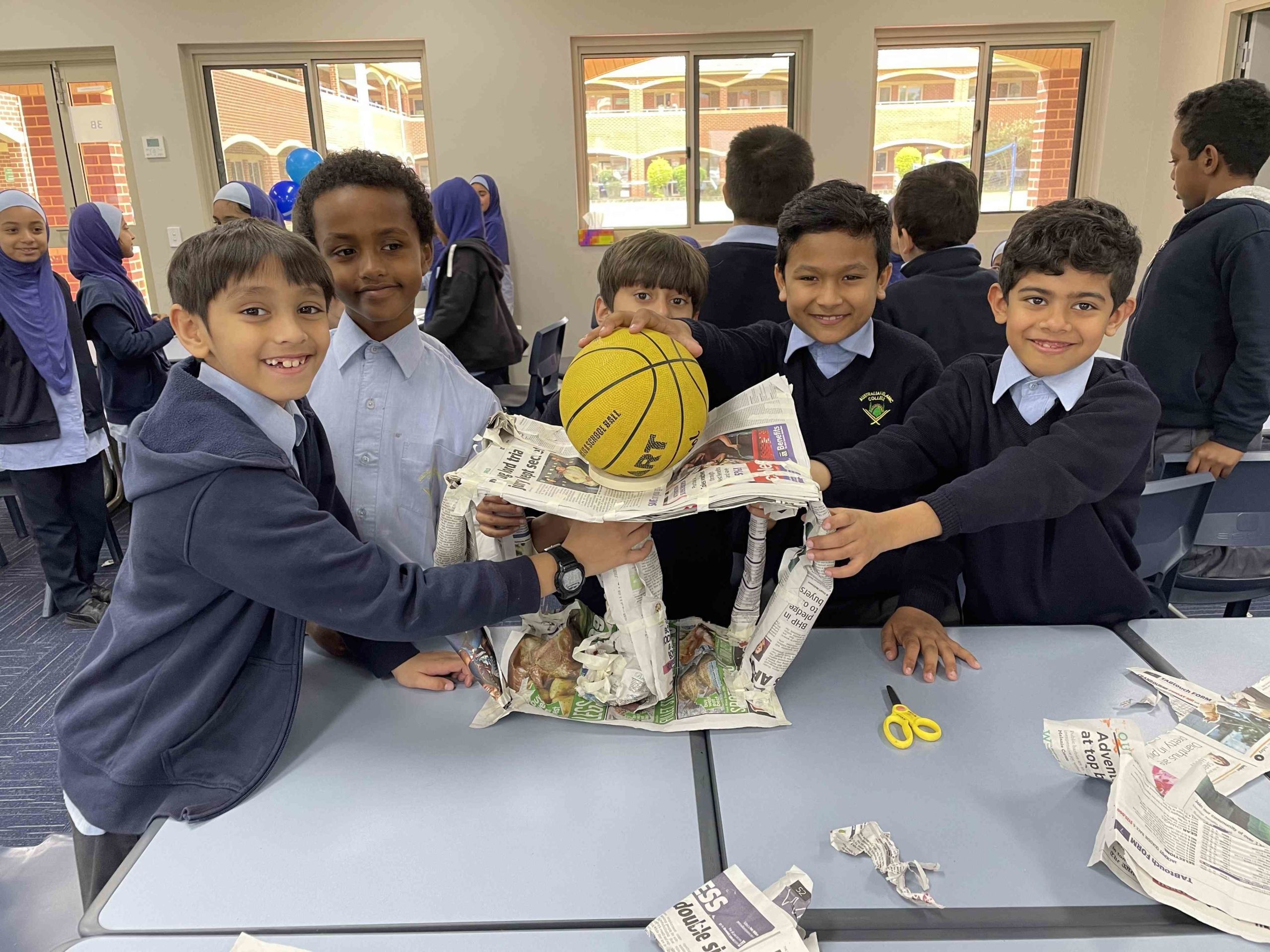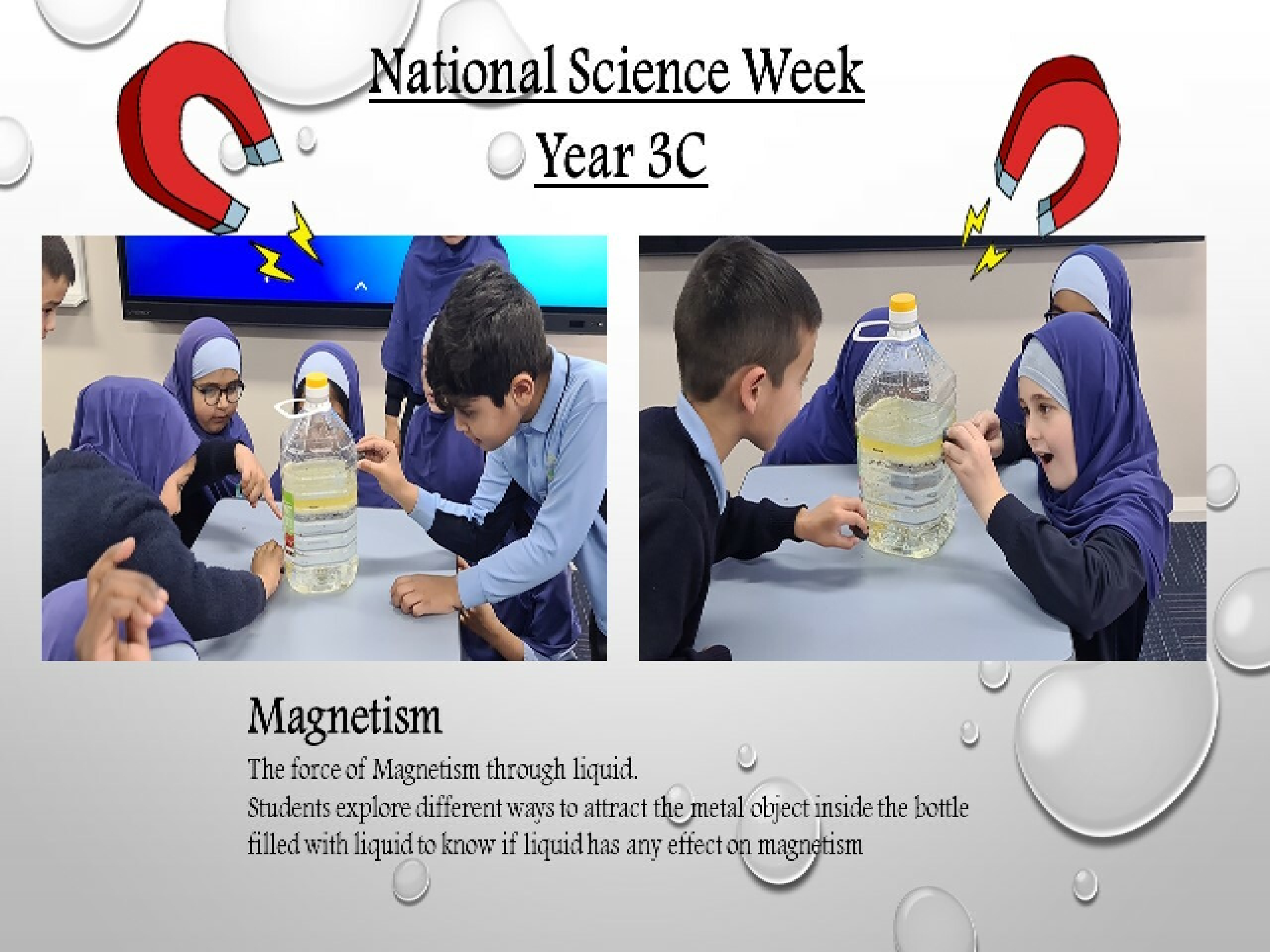14 December 2021
English
Sharp Reading
Sharp Reading is a teaching and learning framework that provides direction for students and equips them to be SHARP (efficient, cutting edge) in their understanding of reading. Sharp Reading allows students to THINK while reading in order to unpack and understand text. This is our daily morning routine since the beginning of term 1 with the year 3 students.
Persuasive, Procedure and Poetry Writing
Persuasive Writing aims to present an idea to a reader and persuade them to agree with the writer’s point of view. Learning to write persuasively is a crucial ‘real life’ skill for students. Some examples of persuasive texts include: arguments, expositions, discussions, and letters to the editor, debates, reviews and advertisements. The year 3 students have been focusing on specific structures when writing persuasive texts. Some of the structures we have been following include: sizzling starts, global statements, connectives, high modal verbs and ending with an impact.
Procedure Writing tells you how to complete a task. These types of texts explain how to complete a process. The purpose of a procedure is to tell the reader how to do or make something. The information is presented in a logical sequence of events, which is broken up into small sequenced steps. The most common example of a procedural text is a recipe.
Poetry Writing allows the poet to express his or her feelings. We wrote a Haiku. A haiku is a traditional form of Japanese poetry. They can be written to describe a particular topic or object.
Reading Comprehension
The students used comprehension strategies to build literal and inferred meaning and began to evaluate texts by drawing on a growing knowledge of context, text structures and language features.
Grammar & Spelling
The students learned a range of grammar concepts including technical nouns, prefixes, suffixes, command verbs and prepositions.
Numeracy
Number and Algebra
The students have count to and from 10 000. They have classified numbers as either odd or even. Students have recalled addition and multiplication facts for single-digit numbers. They have recognised the connection between addition and subtraction and solve problems using efficient strategies for multiplication. Students have modelled and represented unit fractions. They have represent money values in various ways. Students have correctly counted out change from financial transactions. They have continued presenting number patterns involving addition and subtraction.
Measurement and Geometry
Students have identified symmetry in the environment. They have matched positions on maps with given information. Students have recognised angles in real situations. They have interpreted and compared data displays. Students have used metric units for length, mass and capacity. They told time to the nearest minute.
Statistics and Probability
Students have conducted chance experiments and listed possible outcomes. They have conducted simple data investigations for categorical variables. Students have interpreted and compared data displays.
Science
Biological Sciences
Students have been reading about that living things can be grouped on the basis of observable features and can be distinguished from non-living things. They explored the school garden, looking at various forms of living and non-living things.
National Science Week
We can see that water diffuses faster when it’s hot due to the increase in the temperature.
HASS
The year 3 students have studied about the importance of rules: who makes rules, why rules are important and the consequences of rules not being followed. Students have learned about the historical origins and significance of celebrations and commemorations in other places around the world and those observed in Australia, such as Chinese New Year, NAIDOC Week. They learned about the similarities and differences between places in terms of their type of settlement, the diversity of people and feelings and perceptions about different places.
Visual Art
In Year 3, students extend their understanding of the visual elements as they reflect on their use to create artwork using different mediums. They experiment with varying techniques and explore the different properties and qualities of materials that can be used creatively. Students explore art from other cultures and consider where and how artwork is presented to an audience. As they make and respond to artwork, students are introduced to the use of visual art terminology. They use the terminology to reflect on how the elements are used in the artwork they view and make.
Health & Physical Education
The students worked on range of health subjects including: understanding the importance of Cyber Safety, recognising the factors that strengthen personal identities, such as the influence of family, friends and school and explore strategies to manage physical, social and emotional change.
Suman Rai – Year 3A Teacher
Julia Guariglia – Year 3B Teacher
Naema Parekh – Year 3C Teacher
Hadil Al-Idani – Year 3D Teacher












































































